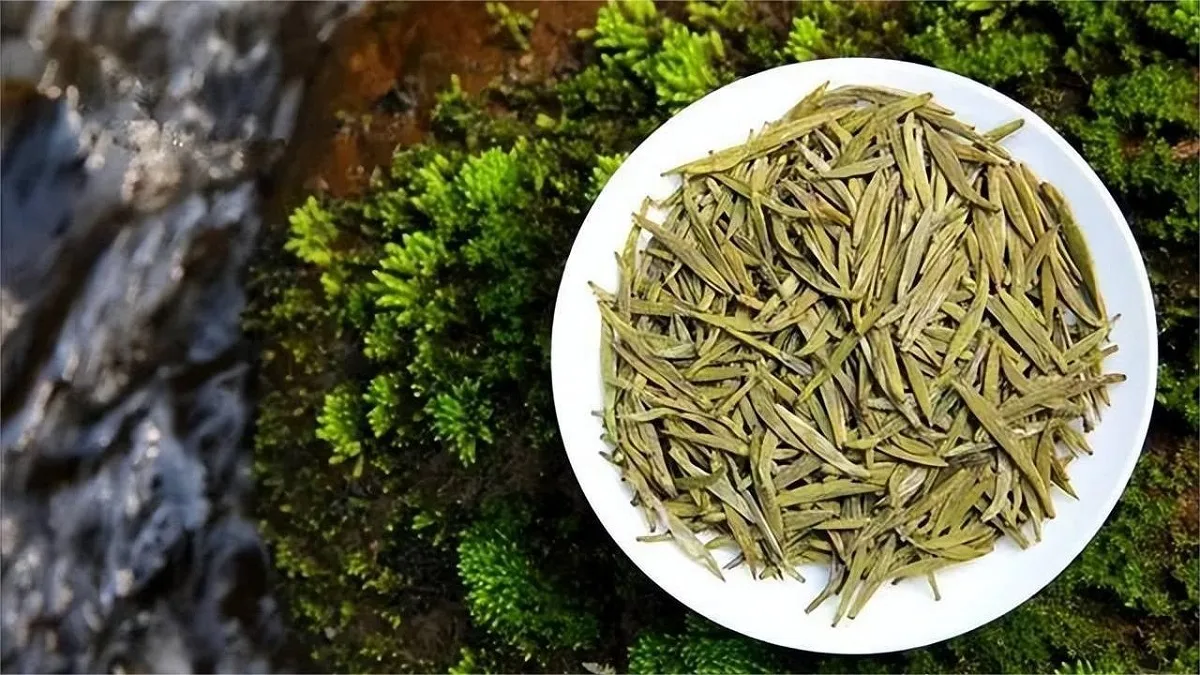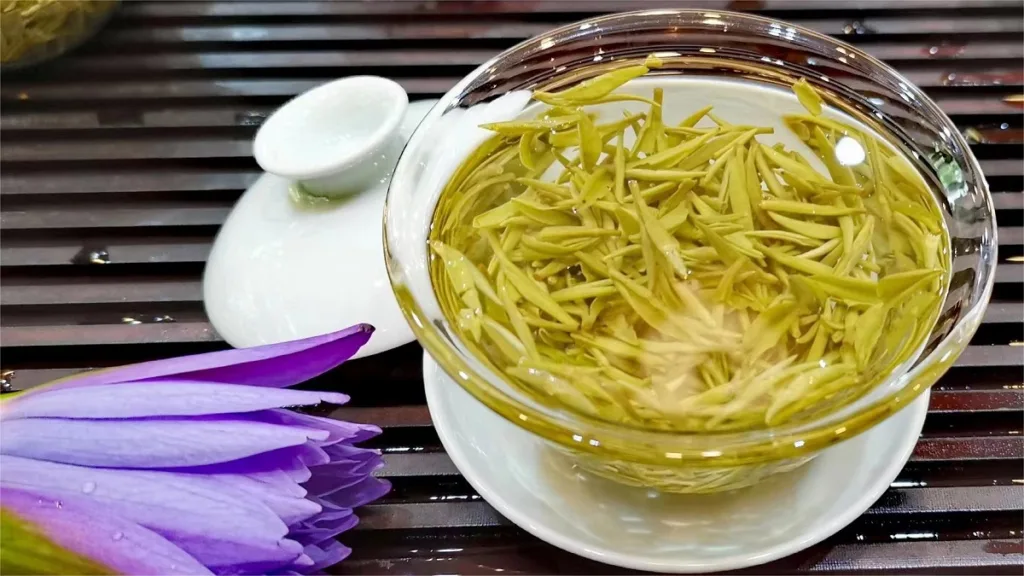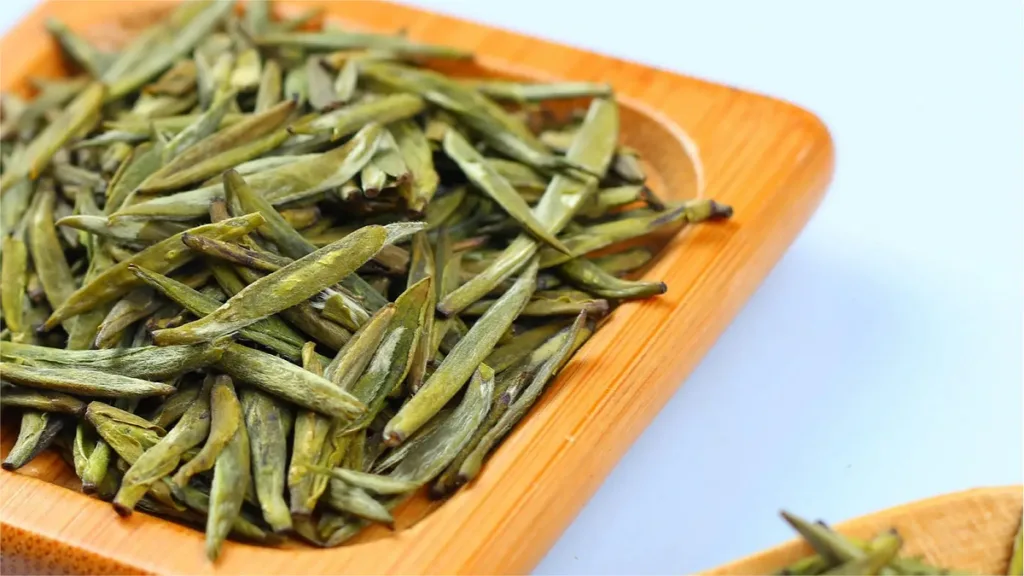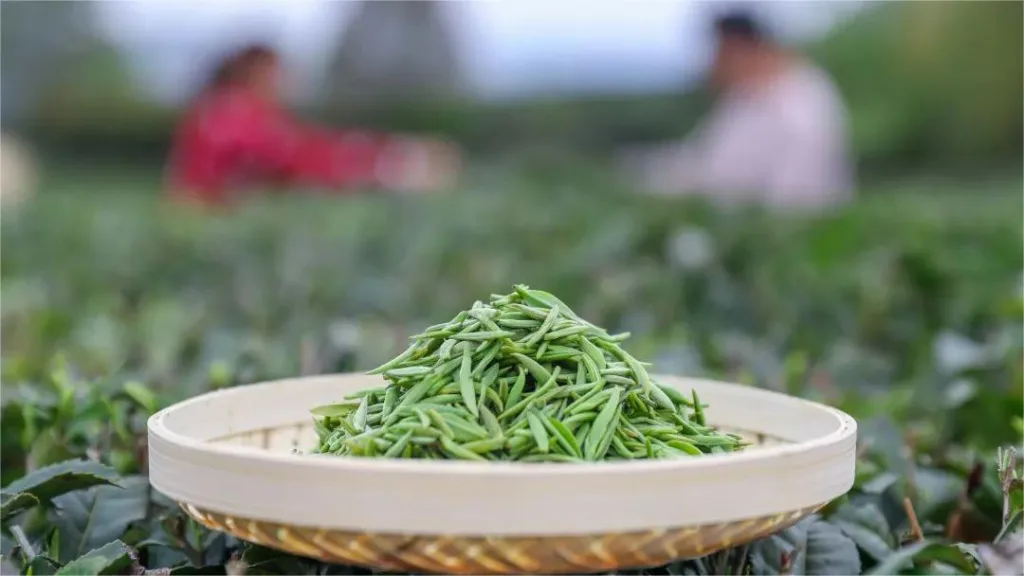Pingyang Huangtang Tea (平阳黄汤茶), a distinguished local product with a unique regional character, is crafted from premium fresh tea leaves grown in Pingyang, Wenzhou, Zhejiang Province. This tea is meticulously processed using a specific technique to achieve exceptional quality and a distinct flavor profile. With its delicate and uniform appearance, it is characterized by the “Three Yellows”: the dry leaves have a prominent yellow hue, the tea liquor exhibits an apricot-yellow color, and the tea leaves themselves are tender and yellow.
Historical Significance
The history of tea production in Pingyang can be traced back to the Tang Dynasty. During the Song Dynasty, a tea plantation was established in Pingyang, under the jurisdiction of Wenzhou County, and dedicated tea institutions were set up for tax collection. Pingyang Huangtang Tea, however, first began its production during the Qing Dynasty, in the Qianlong era (1736 – 1795). Its superior quality and unique flavor caught the attention of the imperial court, leading to its inclusion as a tribute tea, which lasted for over two centuries.
During the Guangxu (1875 – 1908) and Xuantong (1909 – 1912) eras, Pingyang Huangtang Tea continued to be offered as a tribute to the imperial court. In the early 20th century, it was distributed to various regions, including Beijing, Tianjin, and Yingkou, during the Republican era. Its widespread appreciation is a testament to its enduring appeal and cultural significance.
Brewing Method
To unlock the full potential of Pingyang Huangtang Tea, it’s crucial to follow the appropriate brewing method:
Step 1: Take approximately 5-8 grams of tea leaves and place them in a teapot.
Step 2: Add a small amount of water at around 85-90 degrees Celsius and steep the tea for about 30 seconds.
Step 3: Then, pour an appropriate amount of boiling water into the teapot and let it steep for approximately 120 seconds before enjoying your tea.
When brewing Pingyang Huangtang Tea, pay attention to the amount of tea leaves used to avoid overly strong or weak tea. It’s also important to use water at the correct temperature (85 – 90 degrees Celsius) to bring out the tea’s unique characteristics.
Health Benefits
Pingyang Huangtang Tea offers a range of health benefits, making it more than just a delightful beverage:
1. Anti-Aging Properties: The tea contains a significant amount of tea polyphenols, which are potent antioxidants and effective scavengers of free radicals in the body. Tea polyphenols are known to be over ten times more effective at preventing aging than vitamin E.
2. Anti-Cancer Effects: The active component, tea polyphenols, can boost the body’s immune system and have been shown to be effective in inhibiting cancer cell growth and blocking the synthesis of various carcinogens in the body. This tea is particularly valuable for the prevention and adjunctive treatment of gastric and colorectal cancers.
3. Weight Management: Pingyang Huangtang Tea is rich in caffeine, which can enhance gastric juice secretion. Increased gastric juice production aids digestion and improves the breakdown of fats, making it an effective option for weight management.
4. Cardiovascular Health: The tea’s high content of tea polyphenols and catechins plays a vital role in fat metabolism. These compounds help to metabolize fats, thereby contributing to the prevention of atherosclerosis and other cardiovascular diseases.




